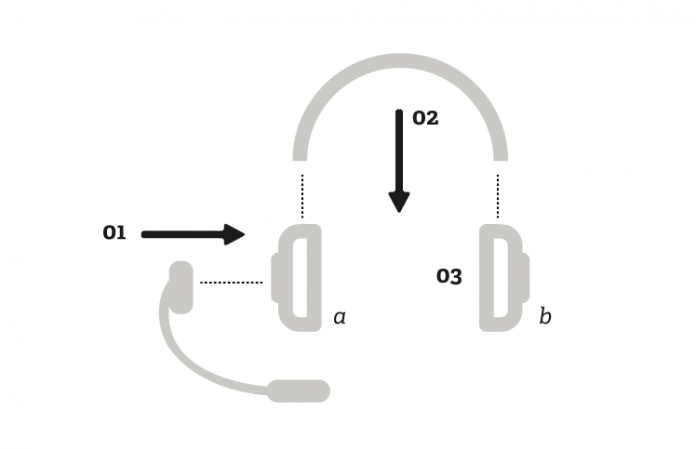
In the era of “five nines” of reliability, contact center leaders didn’t worry too much about the resiliency of their technology: It was always up. But with all the changes and permutations of technology, reliability can’t be taken for granted. You need to intentionally seek, implement and manage solutions to achieve your goals.
Simple availability calculations drive the point home. Traditional technology commitments of 99.999% availability yield about five minutes of downtime a year. If you don’t pay attention today, you might actually sign up for tens of minutes of downtime per month! Contact center and IT leaders, along with vendor partners, must play a role in ensuring that the proper level of redundancy and resiliency are in place to deliver the right customer experience and protect the brand the center represents.
While it might be tempting to say everyone should buy five nines of reliability and every vendor should offer it, the reality is not that simple. High-performing, resilient solutions require a substantive investment in technology along with the people to set up and maintain the monitoring, troubleshooting and remediation protocols. Bigger organizations have more resources and focus on these issues (and, perhaps, have more to lose). But smaller companies need to consider it, too.
Leveraging Partners for Resiliency
Many people look to cloud solutions to get the resiliency they need. They don’t want to be “in the data center business” and may lack the expertise, resources and/or facilities needed. True cloud solutions can offer redundancy and failover services; however, not all vendors have this built-in or part of a standard offer. You may “get what you pay for” when choosing a low-cost option. You also need to consider the network connectivity (e.g., between your site and the cloud solution), and a variety of elements in the architecture and vendor support processes to ensure your needs are met.
Another enticing option is managed services, putting the technology and its management into a vendor’s hands. But managed services itself may not provide more resiliency. It’s still a question of architecture and service level agreements (SLAs). Managed services could speed recovery time (and make someone else responsible for it) if you are concerned about internal IT resource availability and processes.
Regardless of sourcing strategy, proper SLAs that include the target uptime, response times under various scenarios, escalation processes (timing and resources), resolution targets and remediation are the crucial pieces of the resiliency puzzle. Without “dollar-and-cents” remediation, any SLA becomes a statement of good intentions, not a commitment to reliability and resiliency. Some vendors offer no remediation, so decide in advance if remediation is a “deal breaker” and pursue solution options accordingly.
Pursuing Best Practices
Beyond the SLAs, “best practices” start with geo-redundancy across two (or more) data centers that are not vulnerable to the same issues for storms or other natural events, or major network or power outages. The provider offers data center expertise (directly or through a third party) that includes hardened, secure facilities with biometrics for access.
Core functionality is duplicated and delivered in true “active/active” mode, with duplicated data and automated failover. A caution is in order here, as vendor definitions can vary. “Active/standby” may be called “active/active” but not include proactive data sharing.
Ideally, the network and server capacity can handle the entire load in one location in the event of a failure. The perfect scenario for network connectivity includes different carriers and different entry points into a single data center or dual centers with diverse carrier paths. Internet service provider (ISP) redundancy can be particularly important for cloud-based solutions.
You need to test failure scenarios routinely. Too few companies have strong and comprehensive BC/DR plans that account for the center’s specific requirements. A resiliency project can help bring this need into focus. If you are pursuing a cloud solution, make sure periodic testing is part of the vendor’s.
If you are single-site, you may be wondering if you can still get resiliency. The answer is a qualified yes. For example, you could have a dual processor (A/B) at that site, employ third-party data centers that are geo-redundant (even if both serve the same site), or consider disaster-recovery services. Some cloud vendors are seizing this opportunity with low-cost “insurance policy” licensing that lets you kick into backup mode on their technology when needed.
Resiliency planning and implementation takes time. Don’t wait until you have a major outage to get your house in order!




